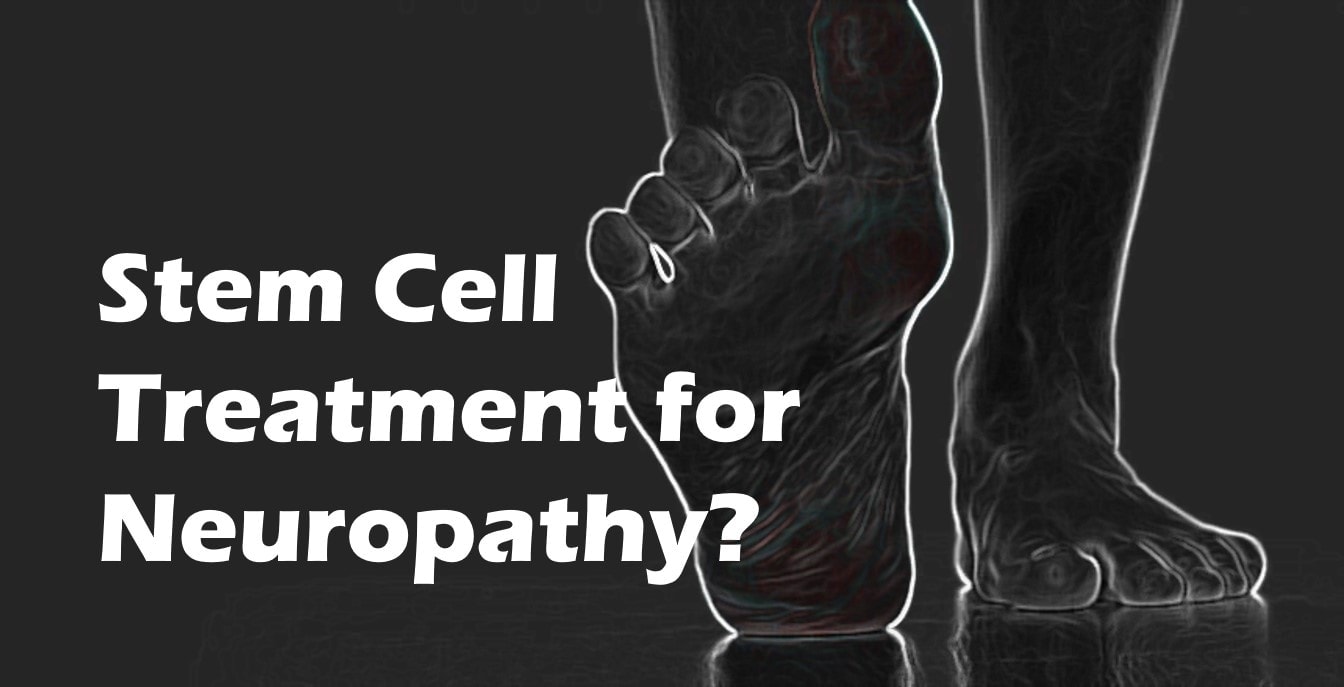
It may be applied topically or injected into deep tissues. Liquid amnion is used to treat wounds, soft tissue defects and joint conditions. Additionally, it contains growth factors, proteins and other extracellular components which facilitate the healing process, reduce inflammation and act as a scaffold for new tissue growth. Amnion and amniotic fluid may be obtained from a donor during gestation or at birth and developed into a biologic therapy agent in liquid form which may be cryopreserved for later use. These have been found to be an excellent source of stem cells or precursor cells that have the ability to multiply and transform into cells of any tissue. Amniotic fluid is the protective media which surrounds it. Liquid Amnion and Bone Marrow AspirateĪmnion is the sac which encloses a developing fetus. Like embryonic stem cells, adult stem cells can also turn into more than one cell type, but their differentiation is restricted to a limited number of cell types.

These are called adult stem cells or somatic stem cells. As we age, these cells function to renew old and worn out tissue and cells.

They are pluripotent, which means they have the ability to develop into almost any of the various cell types of the body.Īs the embryo develops and forms a baby, stem cells are distributed throughout the body where they reside in specific pockets of each tissue, such as the bone marrow and blood. Embryonic stem cells (ESCs) are stem cells derived from human embryos. There are two major types of stem cells: embryonic stem cells and adult stem cells. The goal of stem cell therapy is to amplify the natural repair system of the patient's body by increasing the numbers of stem cells at injury sites. However, with increased age sometimes the necessary amounts of stem cells are not present at the injured area. Stem cells are present in all of us acting like a repair system for the body. Stem cells are being used in regenerative medicine to renew and repair diseased or damaged tissues, and have shown promising results in treatments of various orthopedic, cardiovascular, neuromuscular and autoimmune conditions. Post procedural advice relating to arthroscopy procedures will apply in terms of recovery times.Stem cell therapy is a form of regenerative medicine that utilizes the body's natural healing mechanism to treat various conditions. The majority of biologics treatments can be carried out in the clinic setting, as an out-patient but if the treatment is carried out as part of an arthroscopy procedure, patients are treated in a day case setting or may occasionally have an overnight stay.

The harvested stem cells are then injected directly into the joint during the arthroscopy procedure. At the same time, your surgeon will perform arthroscopy (keyhole surgery) of the hip to gain direct access to the hip joint surfaces. Bone marrow sampling involves the use of a specialist needle to aspirate cells from a prominent bone over the hip area or from the lower leg. During the procedure, your surgeon will take a sample of blood and bone marrow. To harvest stem cells, the procedure is carried out in the operating theatre. Mr Hoad-Reddick can discuss whether you are suitable for Stem Cell therapy in outpatient clinic, based on your history, examination findings and investigations including x-rays and MR scanning.
#Stem cell treatment for hips full#
Once there is full thickness loss of cartilage in the joint, the results of biological therapies are not predictable and it may be better to consider more established treatments such as hip or knee joint replacement surgery. Unfortunately, biological therapies are not an established treatment when advanced arthritis is present. Previously, debridement (cleaning) and microfracture were the only options in the management of cartilage defects in the hip and other joints. In trying to preserve joints, stem cells can be used to encourage regeneration of the surface layer of damaged cartilage in the treatment of early arthritis of the hip and knee. The aim of this type of therapy is to preserve the natural joint and to potentially delay the need for joint replacement surgery.

Stem cells can be found at various locations in the body including bone marrow, fat tissue and circulating blood. Stem cells have the ability to divide and form various tissue cells such as cartilage and bone.


 0 kommentar(er)
0 kommentar(er)
